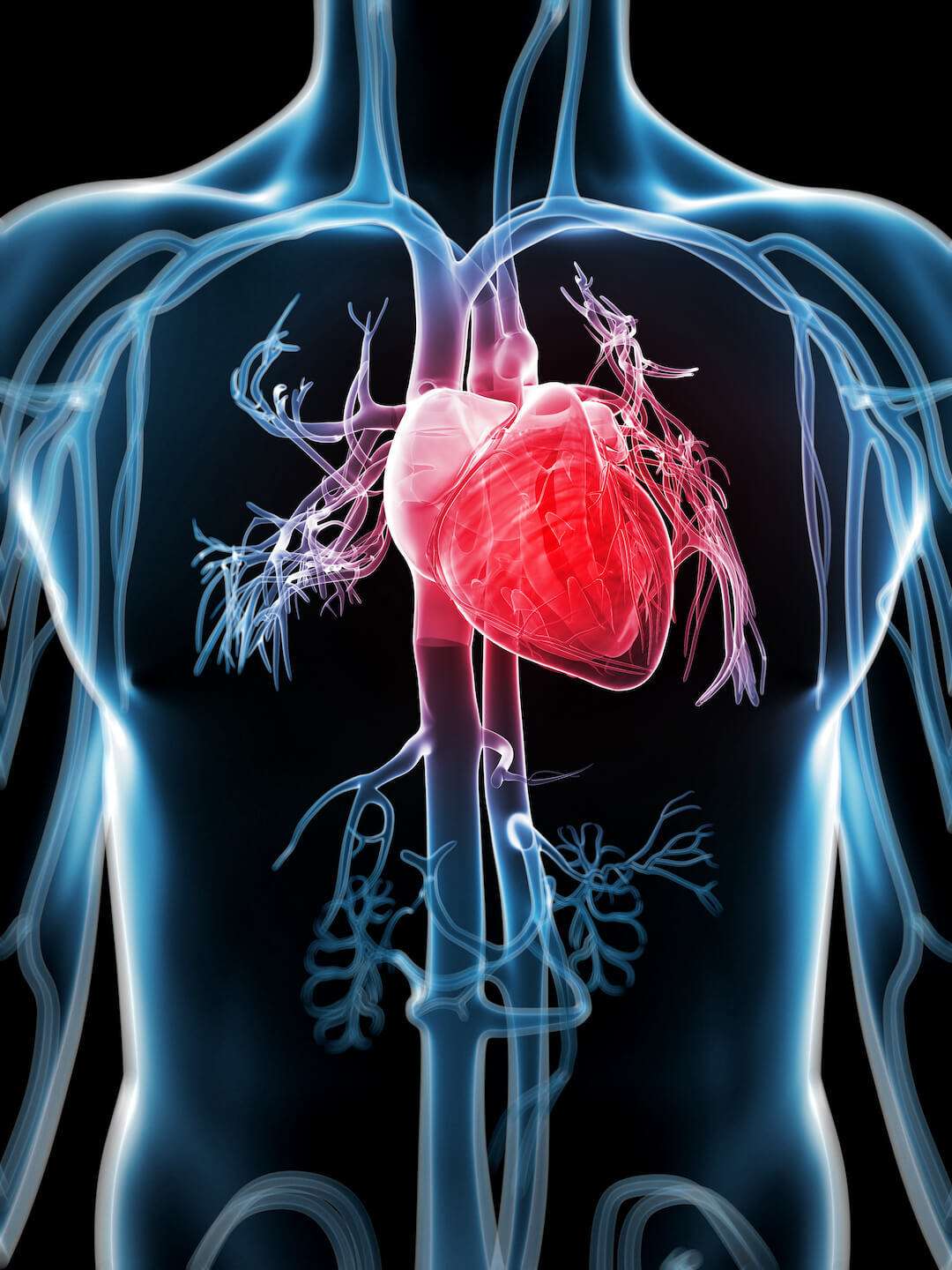Ischemic heart disease twice as common in men

Ischemic Heart Disease:
Ischemic heart disease, or coronary artery disease, is a serious disease of the heart in which blood flow to the heart muscle is impaired due to narrowed coronary arteries. Arteriosclerosis, i.e. hardening of the vessels, is the cause of ischemic heart disease. In this process, blood fats, thrombi (i.e. blood clots) and connective tissue become lodged in the inner walls of these vessels and reduce their diameter, thus thwarting the flow of blood. Such a narrowing in the coronary artery can lead to a lack of oxygen (i.e., ischemia) in parts of the heart. A common symptom of coronary artery disease (CAD for short) is a feeling of tightness in the chest (i.e. angina pectoris), which increases with physical exertion. Myocardial infarction (i.e. heart attack) or sudden cardiac death (PHT for short) can be caused by the disease.
In this regard, compared to women, men develop the disease earlier, are affected significantly more often, and consequently show a higher disease-related mortality rate.
Patient evaluation:
The information service " Versogungsatlas" published by the Zentralinstitut für die kassenärztliche Versorgung in der Bundesrepublik Deutschland (Central Institute for Statutory Health Insurance Physicians in the Federal Republic of Germany) conducted a study on the development of ischemic heart disease in the SHI-accredited care of Germany in August 2020. In the process, the annual diagnosis prevalence (i.e. frequency of illness) was determined as a morbidity indicator (i.e. ratio of the number of people with the disease to that of the entire population) on the basis of SHI-accredited billing data in the years 2009 to 2018 throughout Germany. Insured persons who had a diagnosis of ischemic heart disease in at least two quarters of a calendar year were considered prevalent. This allowed a total of more than 4.4 million patients in the study population and prevalence trends to be included in 2018 alone. The median age of patients had been determined to be 74 years (for men: 71 years, women 77 years) in 2009. In 2018, this increased to 78 years (men at 73 years, women at 78 years).
Difference in women and men:
While the age-standardized prevalence in women decreased steadily over the almost ten-year study from 4.5% in 2009 (4.2% in 2014) to 3.9% in 2018, the disease incidence in men showed an increase from 8.0% in 2009 to 8.2% in 2014 and a decrease to 8.0% in 2018. Over the ten years of observation, prevalence decreased in eastern German states, which had particularly high rates at the start of the study. Nevertheless, a higher age- and sex-standardized disease prevalence in the east compared to the western areas of Germany was shown again in 2018.
The level of one percent prevalence exceeds for the first time in men in the age group 45-49 years with 2.2% and in women in the group 50-54 years with 1.6%.
Risk factors and regional differences:
In addition to genetic predisposition, aspects of one's lifestyle are particularly important risk factors for the occurrence of Ischemic Heart Disease. Examples of this would be: Smoking, lack of exercise, unhealthy diet, obesity and as a consequence lipid metabolism disorders and high blood pressure. According to the study, it is thought possible that the lower incidence of coronary heart disease for women in general is due to a protective effect (lasting until menopause) of the hormone estrogen.
In 2018, differences in the regional distribution of prevalence became apparent. While 4.7% were recorded in the region of Baden-Württemberg, Saxony-Anhalt showed the highest value of 10.8%.
Conclusion:
Due to the strong reduction of the age- and sex-standardized prevalence in the eastern part of Germany, one can conclude a decrease of the diseases in these (most affected) regions. According to the study, the different disease frequencies in women and men would also be a possible expression of the different gender-specific developments of the diseases and their prediction. Due to these facts, attention should be paid to preventive measures in order to be able to prevent ischemic heart disease.
Sources

Danilo Glisic
Last updated on 06.11.2020
Your personal medication assistant
Browse our extensive database of medications from A-Z, including effects, side effects, and dosage.
All active ingredients with their effects, applications, and side effects, as well as the medications they are contained in.
Symptoms, causes, and treatments for common diseases and injuries.
The presented content does not replace the original package insert of the medication, especially regarding the dosage and effects of individual products. We cannot assume liability for the accuracy of the data, as the data has been partially converted automatically. Always consult a doctor for diagnoses and other health-related questions.
© medikamio